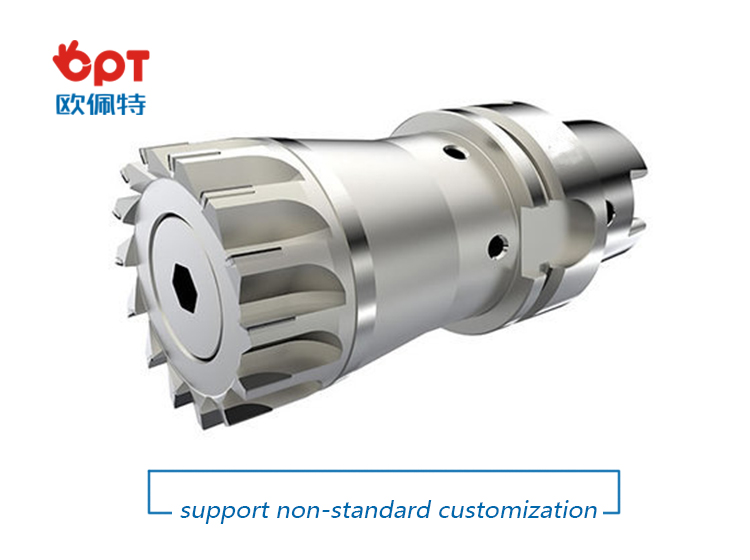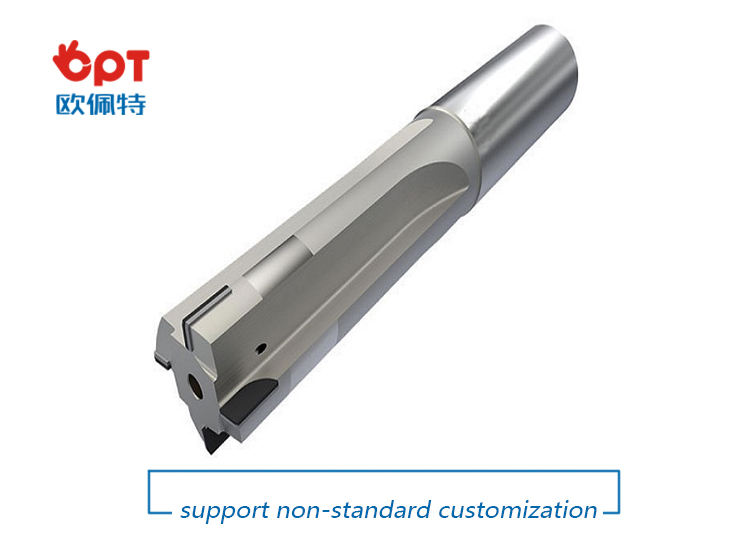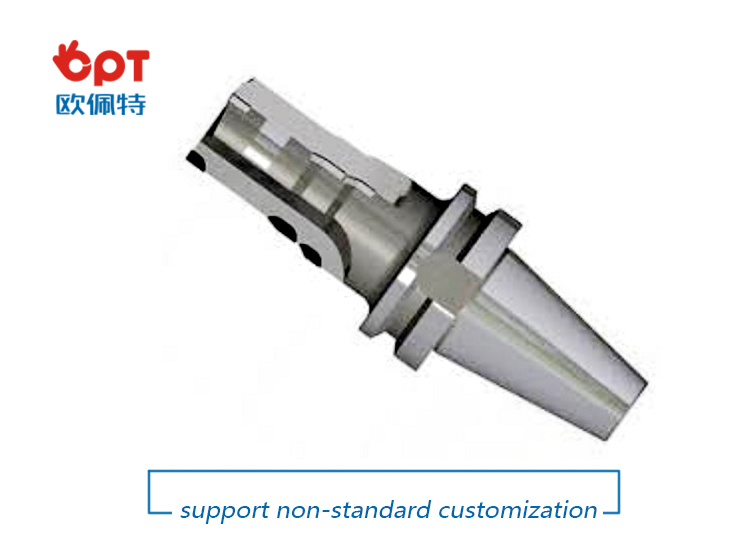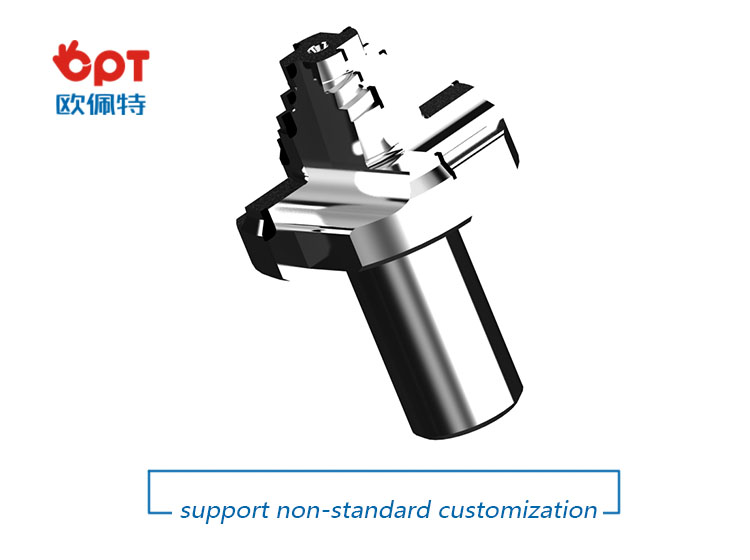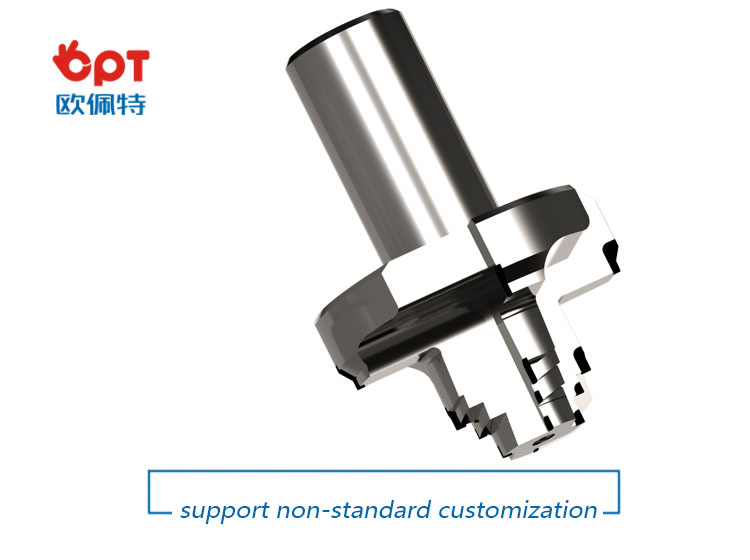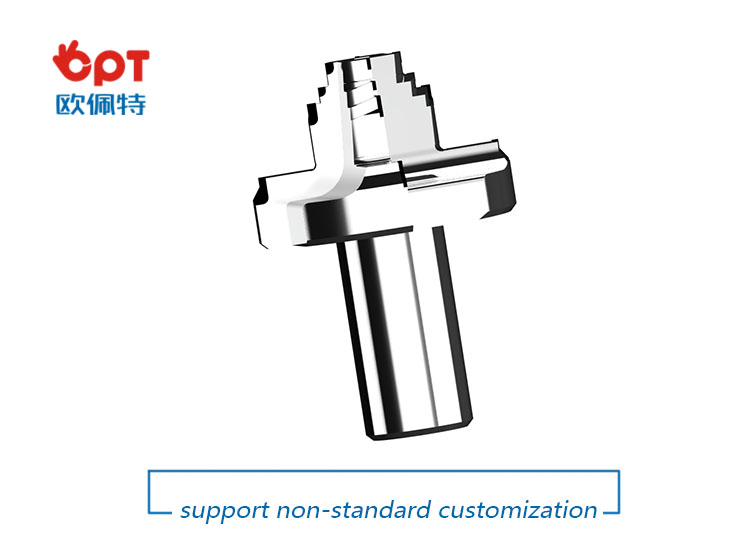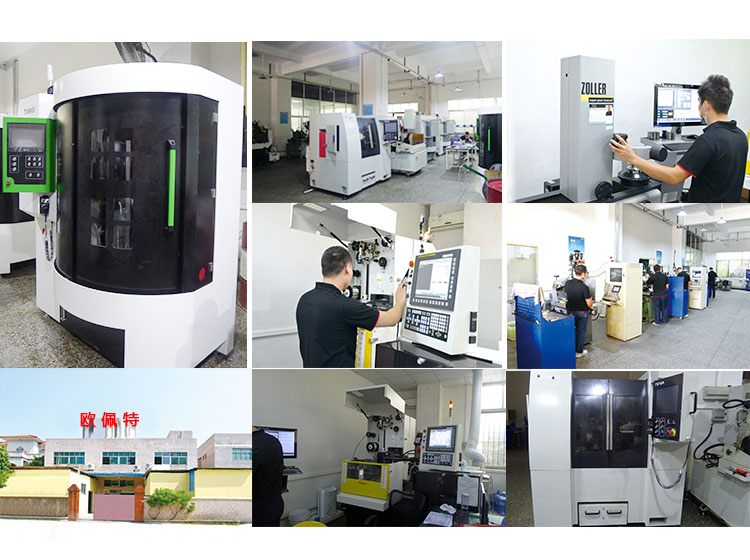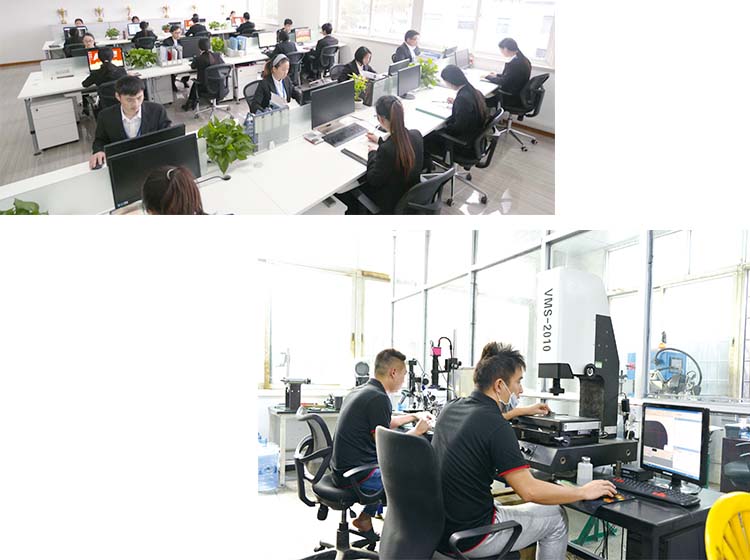Steel turning in the field of ISO P25 applications is the most important process in the world of machining shops. Having the best craftsmanship is a prerequisite for a place in a highly competitive global market, and production engineers are constantly looking for ways to consolidate their competitive advantage. So what are the main problems engineers face in this critical area? How to deal with tool manufacturers, material and how development can help address these challenges, and ultimately optimized process it?
We have been setting benchmarks of success in the market as a prominent name of PCD combination Reamer. This reamer is used in construction work to ream a hole before drilling. The offered PCD Reamer is known for its rich attributes such as excellent cutting efficiency, low maintenance, corrosion resistant and durable construction. We manufacture this reamer at our sophisticated production unit, using best quality alloy steel. To provide the best range, we check this PCD Reamer on construction and durability parameters.
Choosing PCD combination reamer is very often the best way to reduce the total cost, using highly advanced PCD reamer can reduce the number of tools needed and increasing productivity, thus lowering your production unit costs considerably.
Advantages:
Unique guidepad geometry allows for excellent roundness and straightness, even in an interrupted cut condition.
Surface roughness is reduced obviously.
PCD Reamers type:
PCD End Mill Reamers
Features:
Multi-diameter tool allowing for excellent hole size and concentricity between diameters.
Flexible in order quantity:
Samples can be provided before mass production, and MOQ can be discussed accordingly.
PRODUCT DETAIL:
product catagory :
PRODUCTING PROGRESS:
PAYMENT AND DELIVERY:
PRODUCT EQUIPMENT :
ABOUT US :
We are specialize in manufacturing PCD diamond tools and Carbide tools. Our major product inclulde PCD Inserts , PCD Reamers, PCD End Mills, PCD Taps, Cabide Inserts,Carbide Drills, Carbide Reams, Taps etc.,
we also offered customized cutting tools per drawings, and provide package according to customer requirements. We manufacture a series range of cutting tools for machining of Cast iron, Aluminium alloy and Non-Ferros metal, it is widely used in all major sectors like Automobiles, Engineering, Aerospace, Aviation and 3C industry. Premium quality of raw material is used in the production and strict examination during processing with advanced equipment, so our client are satisfied with our reliable quality and on-time delivery.
Our best selling of cutting tools include PCD Inserts, PCD End Mill , PCD Ball Nose Mill, PCD Reamer, Carbide Taps , Carbide End Mill, Special Form Cutter and many more. For these years we have been made a large forward in the technologies of manufacturing cutting tools. With high quality on performance and price, our product sells well both on domestic and overseas market. And we will always focus on the quality and best service, to make long business relationship.
quanlity control:
We have dedicated team of quality control and precise equipment to keep good and stable performance for our products and processing services.
PCD Combination Reamers Combination Reamer,Drill Reamer,PCD Reamer Tools,PCD Combination Reamers OPT Cutting Tools Co., Ltd. , http://www.optdiamondtools.com
Evaluation requirements
As a process, steel turning requires handling and balancing many factors. These include maximum output, extended tool life and greater predictability, high reliability in limited supervision/unattended production, high surface quality, and adaptability to a wide and diverse range of P25 materials. Of particular importance is the condition of the cutting edge - if the cutting edge is broken, the tool can be quickly chipped, resulting in parts failure and reduced process safety.
First, it should be noted that ISO P25 steel is not a simple material classification when it comes to cutting tool solutions. Parts, processes, characteristics, and machining conditions vary widely in this turning classification, which can include roughing to finishing operations for non-circular parts, near final shape castings or forgings. In addition, the material may be a non-alloy or high-alloy material that provides distinct hardness values ​​at both ends of the application range.
Since there are many variables that can affect the performance of the cutting tool 's blades, it is an unrewarding task to find a single material to accommodate the wide range of P25 requirements. In fact, any material that dares to assert this has many prerequisites. For example, fracture resistance is critical, which requires the cutting edge to provide the hardness required to resist plastic deformation (caused by extreme temperatures present in the P25 cutting zone). In addition, the blade coating must be able to prevent flank wear, crater wear and built-up edge. More critically, the coating must also adhere to the substrate. If the coating does not stick, the substrate will be exposed and the blade will fail quickly.
In general, the optimum wear type for any insert is a controlled flank wear, as this ensures a predictable cutting edge life. The ideal material should be able to limit the generation of unnecessary types of wear - and in some processes, it should be completely eliminated.
Cutting edge benefits
On today's fast-paced steel turning stage, the tool life of indexable inserts depends on having a complete cutting edge that is efficient enough to cut metal and produce satisfactory roughness. The secret to its success is to limit continuous and controlled wear and eliminate intermittent and uncontrollable wear. This is why the blade material manufacturer is really happy to solve the problem of premature cutting of the cutting edge. To achieve this goal, it is necessary to eliminate all types of wear.
Therefore, the flank wear should be controlled first, which is essentially the abrasive wear formed on the flank face under the cutting edge. The flank wear is the natural erosion of the tool material during the metal cutting process, which is acceptable if allowed to develop in a controlled mode. In some documented cases, the flank wear condition is balanced even for the entire cutting process. However, if the flank wear occurs too quickly, then the machining parameters or materials of the cutting process need to be adjusted.
Crescent crater wear is another common controlled wear that is caused by heat and pressure during turning of steel. Excessive wear can cause the insert geometry to change, which in turn leads to a less than ideal cutting process. After a period of time, the cutting edge is weakened and becomes a major risk to be overcome for successful processing.
Controllable wear pattern
The flank wear and the crater wear are the most common and natural wear of steel parts. If you only experience these forms of wear during cutting and the wear is controllable, then it is a satisfactory processing technology, at least high enough. Cutting speed and longer tool life.
Of course, complete predictability is an ideal situation, and implementation in real-world processing is not easy, especially as the market becomes more and more inclined to supervise processing conditions with limited or no supervision. This means many potential hazards because the type of discontinuous wear is more difficult to control. In an ideal world, the cutting tool inserts used for P25 steel turning will be able to withstand all non-continuous types of wear when machining with the recommended cutting parameters, thus enabling truly automated unattended metal cutting operations. may.
A good example of intermittent wear is plastic deformation, where the cutting edge is sunken. This type of wear is caused by the temperature of the material being too high. First, there may be several subtle thermal cracks on the entire cutting edge, or the coating peeling off the cutting edge leaving the exposed substrate. This type of wear can cause the tool to collapse quickly, which is truly uncontrollable and unacceptable.
compromise
Often, the key issue is to achieve a “compromise†– balancing between continuous and discontinuous wear ratios for maximum cutting edge safety and longer tool life when higher cutting parameters are applied. This concept is now applied to the overlapping areas of the harder P15 and the tougher P35 material classification. In addition, in steel turning applications, other tool factors that have a decisive influence on the machining results, such as the micro and macro geometry of the insert, the tip radius, and the size and shape of the insert, should also be considered. The combination of these factors and the material of the blade will determine success, as almost all operators can take advantage of the high-performance P25 material.
Looking to the future
In fact, ISO P25 steel turning is one of the most difficult applications for cutting. That's why engineers are constantly looking for solutions that can help them deliver higher benchmark performance with just one material. In addition to increasing the cutting speed, this material should theoretically help to improve process safety and tool life. As a result, the right blade will help increase productivity, and correspondingly, increased productivity will make this blade more competitive.
